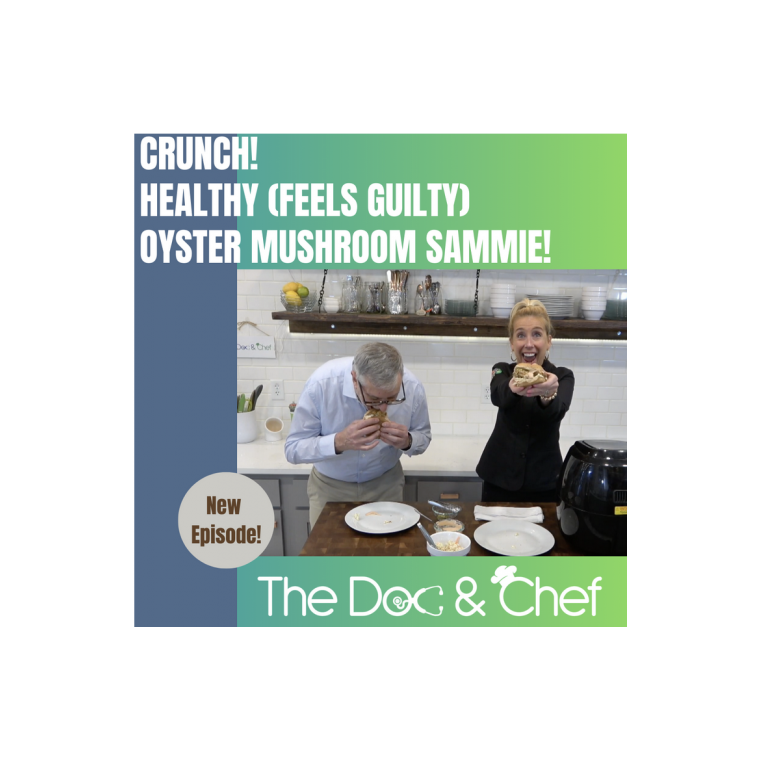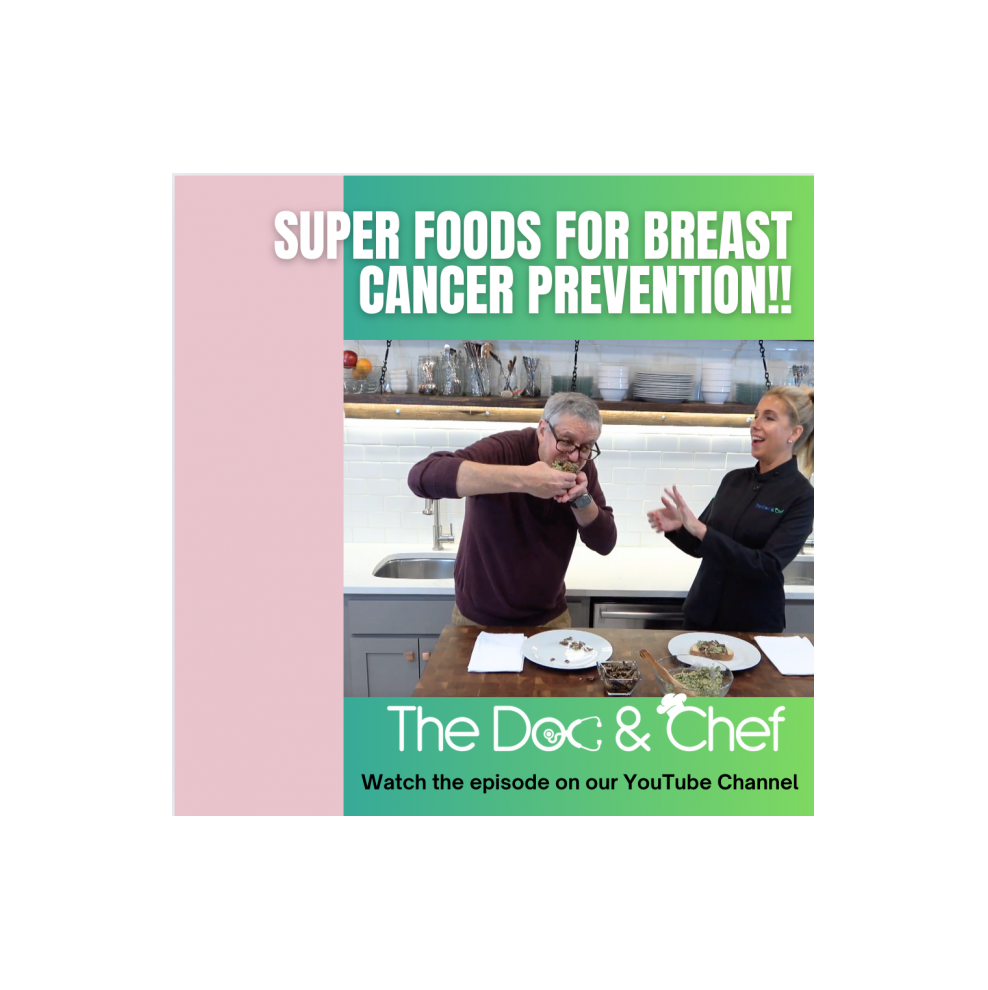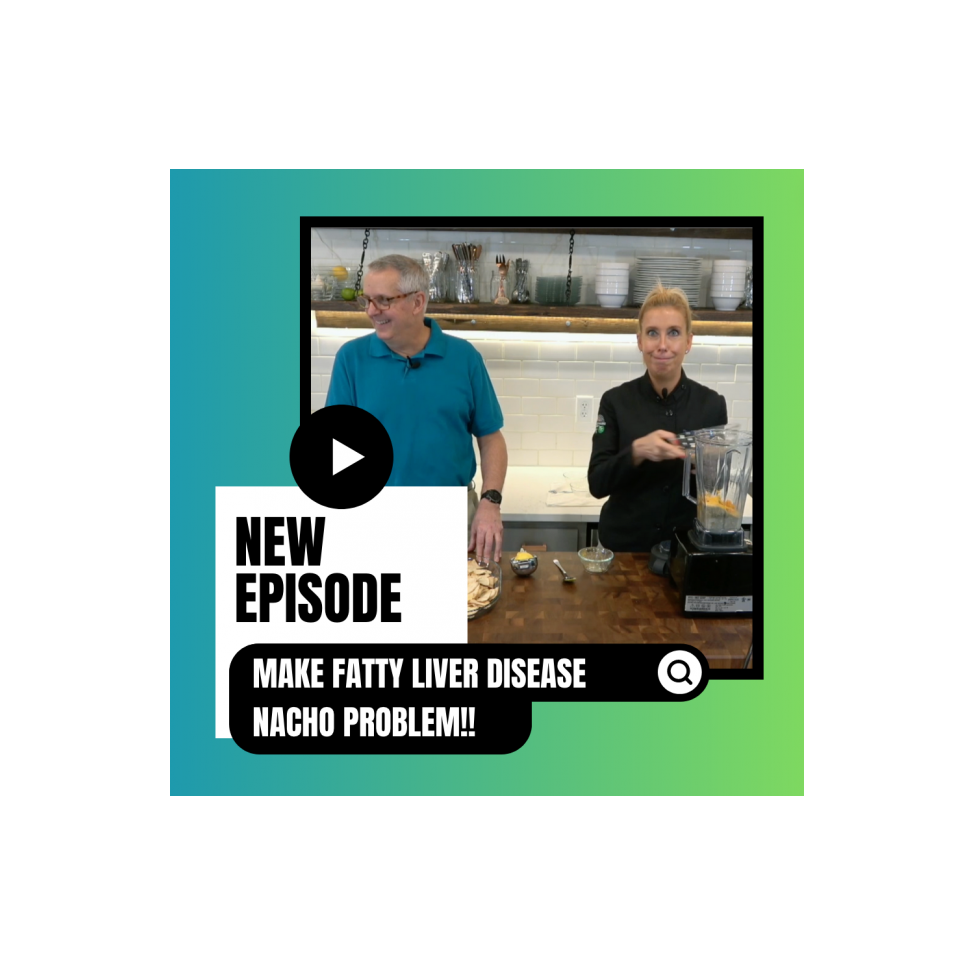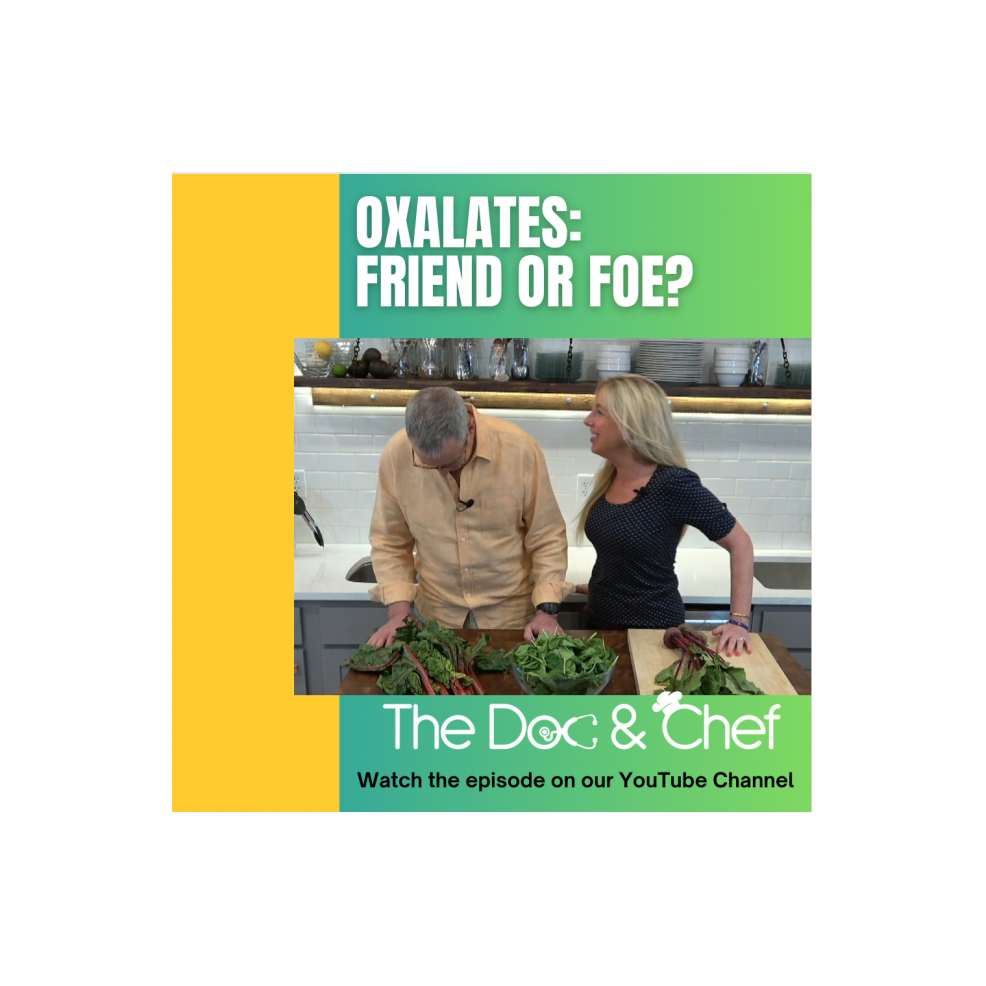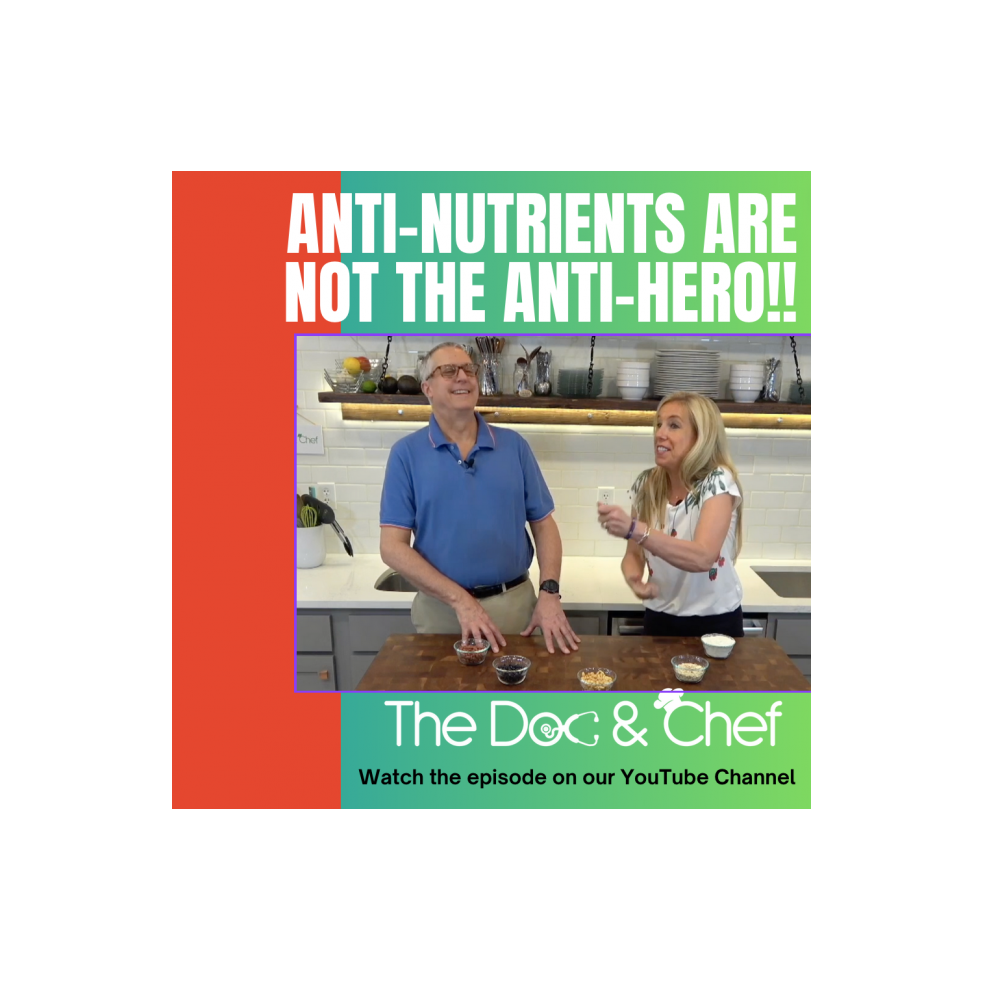Blog
August 30, 2024 6:03 PM
The second episode of our 5-part mushroom series, learn all about oysters here and make the most incredible crunch, delicious, bang bang chick'n sammie!
August 9, 2024 12:20 PM
Shiitake happens, but it doesn't have to if you load up on these mushrooms! Discover the rich, woodsy flavor and powerful health benefits of shiitake mushrooms in our latest video! These nutrient-packed fungi not only enhance your immune system and support heart health but also offer anti-cancer and antioxidant properties. Learn how to enjoy their benefits safely and deliciously while avoiding common risks.
May 30, 2024 5:14 PM
WHAT ARE THE RISK FACTORS FOR BREAST CANCER?
Breast cancer is one of the most common cancers among women in the United States. According to the American Cancer Society, breast cancer accounts for about 30% of all new cancer diagnoses in women. This makes it the most commonly diagnosed cancer among American women, apart from skin cancers. It's estimated that about 1 in 8 U.S. women (approximately 13%) will develop invasive breast cancer over the course of her lifetime.
May 8, 2024 8:29 PM
The Doc and Chef took their show on the road to a very special audience - the men and women who serve our country. The US Air Force held their first Lifestyle and Performance Summit at the Defense Health Headquarters in Falls Church, VA in February and they invited Jim and Caryn to present on the importance of adding more plants to their plates. By demonstrating her Nutrient Dense Rainbow Salad (AKA, Anti-cancer Salad created for this Doc & Chef episode), Caryn built the recipe as Jim pointed out the main nutrients in each ingredient. It was very well received and every last sample was gobbled up!
May 8, 2024 8:22 PM
WHAT IS NON-ALCOHOLIC FATTY LIVER DISEASE?
Non-alcoholic fatty liver disease (NAFLD) is a condition characterized by the accumulation of excess fat in the liver of people who drink little to no alcohol. It is becoming increasingly common in many parts of the world...
May 8, 2024 8:17 PM
HOW IS COLLAGEN MADE IN THE BODY?
Like any protein, collagen is made up of amino acids, which are the building blocks of proteins. The main amino acids found in collagen include..
May 8, 2024 8:12 PM
WHAT ARE THE HEALTH BENEFITS OF TURMERIC?
Beyond its culinary uses, turmeric has been traditionally used in Ayurvedic and Chinese medicine to treat a variety of conditions, such as pain, inflammation, and digestive issues.
May 8, 2024 8:08 PM
WHAT ARE DIETARY OXALATES?
Dietary oxalates, or oxalic acid, are naturally occurring compounds found in many plants and vegetables. They play a role in the defense mechanism of plants and participate in various metabolic processes.
May 8, 2024 8:04 PM
WHAT ARE ANTINUTRIENTS?
Antinutrients are compounds found in foods, particularly in plant-based foods, that can interfere with the absorption of nutrients and digestion. While the term might sound negative, these compounds aren't necessarily harmful and can even have health benefits in some contexts. These compounds include:
Lectins, which are a type of protein found in many plants, especially in seeds, legumes (like beans, lentils, and peanuts), and whole grains. They serve various functions in plants, acting as a natural defense mechanism. In the human diet, they are known for their unique ability to bind to carbohydrates, specifically to the sugars that make up the cell walls of many plants and animals.
Phytates, also known as phytic acid, which are a natural compound found primarily in the seeds of plants. This includes whole grains, nuts, legumes, and some tubers and roots. Phytates bind to minerals and store them to support seedling growth until the plant can produce its own through photosynthesis. Also, like lectins, phytates contribute to the defense mechanism of plants against pests and pathogens.
Page 1 of 13
Next



